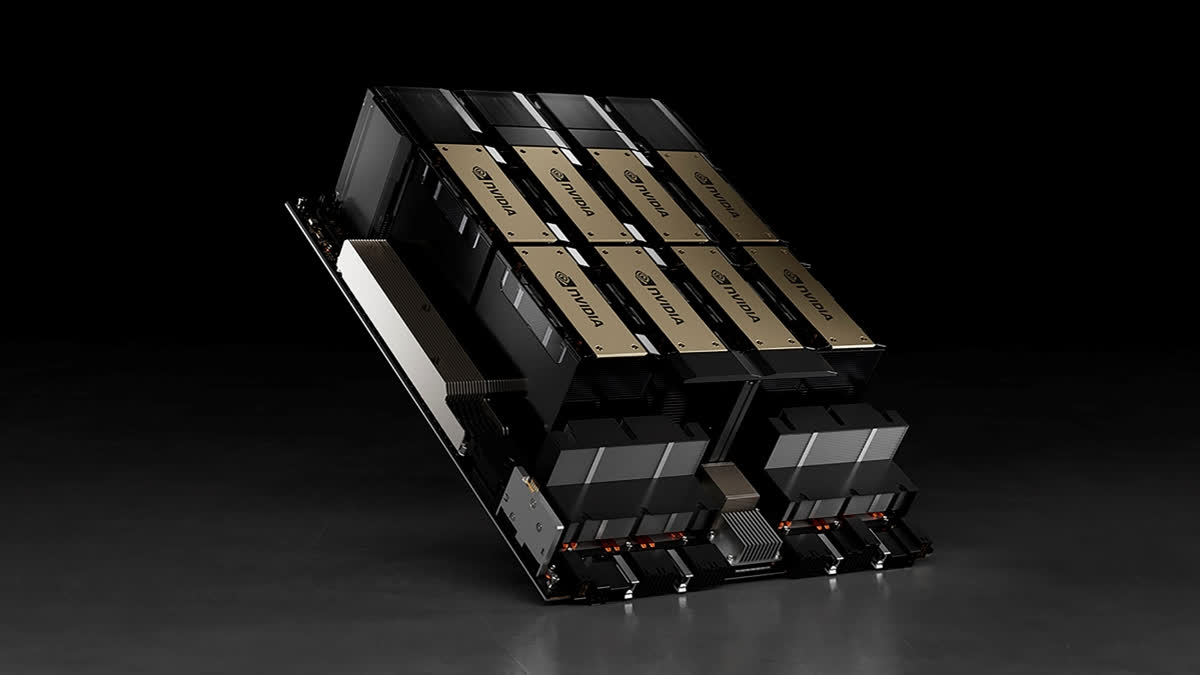San Francisco: The hottest thing in technology is an unprepossessing sliver of silicon closely related to the chips that power video game graphics. It’s an artificial intelligence chip, designed specifically to make building AI systems such as ChatGPT faster and cheaper.
Such chips have suddenly taken center stage in what some experts consider an AI revolution that could reshape the technology sector — and possibly the world along with it. Shares of Nvidia, the leading designer of AI chips, rocketed up almost 25% last Thursday after the company forecast a huge jump in revenue that analysts said indicated soaring sales of its products. The company was briefly worth more than $1 trillion on Tuesday.
SO WHAT ARE AI CHIPS, ANYWAY?That isn't an easy question to answer. “There really isn’t a completely agreed upon definition of AI chips," said Hannah Dohmen, a research analyst with the Center for Security and Emerging Technology. In general, though, the term encompasses computing hardware that's specialized to handle AI workloads — for instance, by “training” AI systems to tackle difficult problems that can choke conventional computers.
VIDEO GAME ORIGINS:Three entrepreneurs founded Nvidia in 1993 to push the boundaries of computational graphics. Within a few years, the company had developed a new chip called a graphics processing unit, or GPU, which dramatically sped up both development and play of video games by performing multiple complex graphics calculations at once.
That technique, known formally as parallel processing, would prove key to the development of both games and AI. Two graduate students at the University of Toronto used a GPU-based neural network to win a prestigious 2012 AI competition called ImageNet by identifying photo images at much lower error rates than competitors. The win kick-started interest in AI-related parallel processing, opening a new business opportunity for Nvidia and its rivals while providing researchers powerful tools for exploring the frontiers of AI development.
